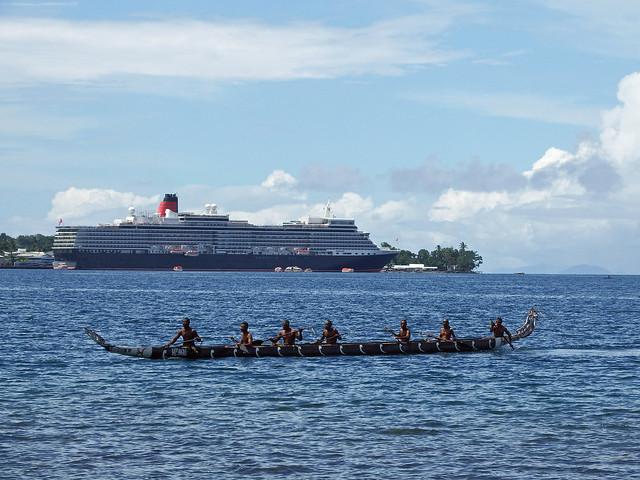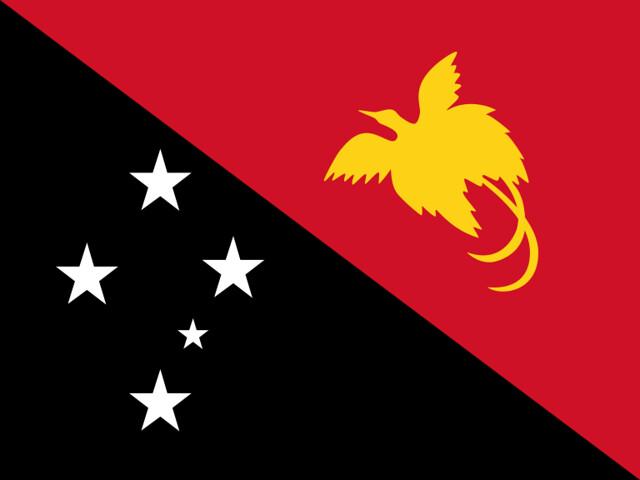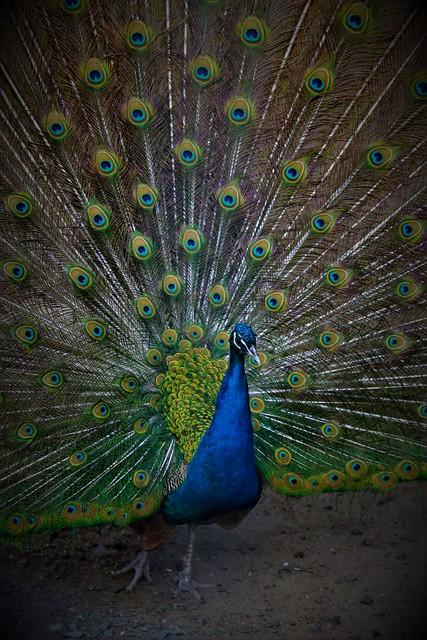
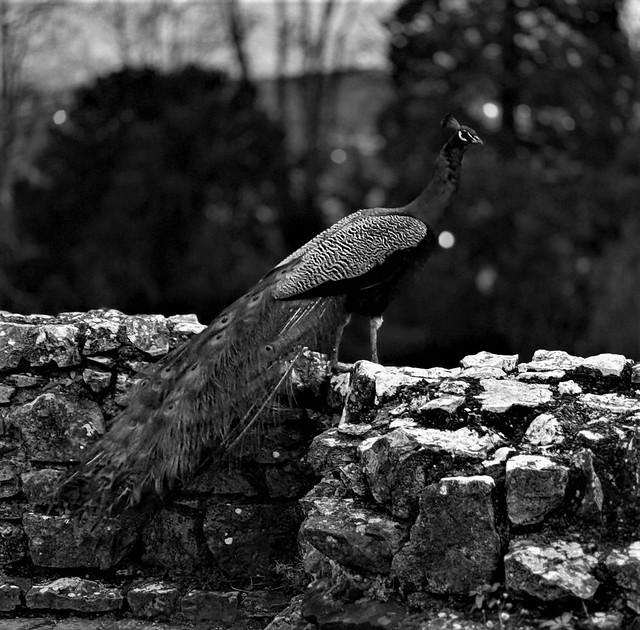
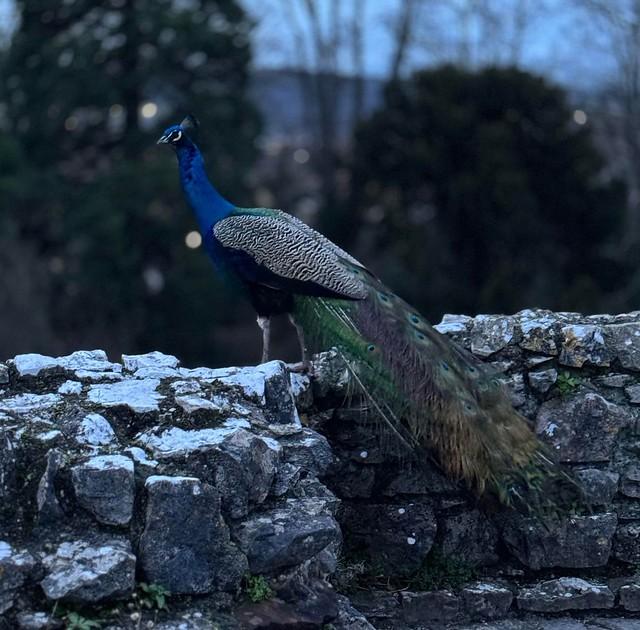
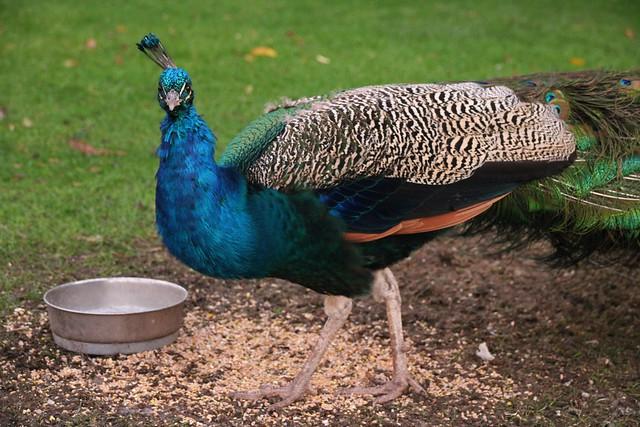
South Fly
Overview
Geographical Context
South Fly is a captivating region located in the Western Province of Papua New Guinea, bordered by the expansive Fly River and the Arafura Sea. This area is characterized by its lush landscapes, dense rainforests, and extensive wetlands, making it a biodiversity hotspot. Travelers will find themselves immersed in the natural beauty that surrounds the city, with stunning river views and a backdrop of rolling hills, offering a serene atmosphere that contrasts with the hustle and bustle of urban life. The region is relatively remote, which adds to its charm and allure for those seeking adventure in unspoiled territories.
Culture and People
The culture of South Fly is as diverse as its geography, with various indigenous groups contributing to a rich tapestry of traditions and customs. The local population is primarily composed of the Kiwai and other tribes, each with their own unique dialects, art forms, and rituals. Visitors can experience traditional dance performances, music, and art, which are integral to community celebrations and storytelling. The warmth and hospitality of the locals are evident, as they are eager to share their way of life, offering insights into their customs, traditional dress, and practices such as fishing and crafting. Engaging with the locals provides a deeper understanding of their connection to the land and their resilience in preserving their cultural heritage.
Historical Significance
Historically, South Fly holds a significant place in the narrative of Papua New Guinea, particularly during the colonial period. The Fly River was a crucial route for early explorers and missionaries seeking to navigate the dense jungles of the region. The area became a site for trade and contact between indigenous communities and European settlers, leading to profound changes in the local way of life. Today, remnants of this history can be found in various forms, from colonial architecture to artifacts housed in local museums, allowing visitors to trace the evolution of the region through time. The stories of resistance and adaptation among the indigenous people are worth exploring and provide a poignant reminder of their enduring spirit.
Local Characteristics
The atmosphere in South Fly is laid-back and tranquil, making it an ideal destination for travelers looking to unwind and connect with nature. The Fly River is not only a lifeline for the locals but also a playground for adventure seekers. Activities such as canoeing, fishing, and bird-watching are popular, with opportunities to spot unique wildlife, such as crocodiles and an array of exotic birds. The local markets are vibrant hubs of activity, where travelers can taste traditional dishes, purchase handmade crafts, and engage with the community. The culinary scene features an array of local ingredients, often prepared in traditional ways, giving visitors a taste of authentic Papua New Guinean flavors.
Practical Tips
For travelers planning to explore South Fly, it’s important to embrace the spirit of adventure, as infrastructure can be basic and amenities limited in some areas. The best time to visit is during the dry season, typically from May to October, when conditions are more favorable for travel and outdoor activities. Engaging with local tour guides can enhance your experience, providing insights and ensuring respectful interactions within the communities. Understanding basic phrases in the local dialect can also go a long way in building rapport with residents. Overall, South Fly is a hidden gem in Papua New Guinea, offering an authentic glimpse into the life and culture of its indigenous people, set against a breathtaking natural backdrop.
Other towns or cities you may like in Papua New Guinea
Explore other cities that share similar charm and attractions.




